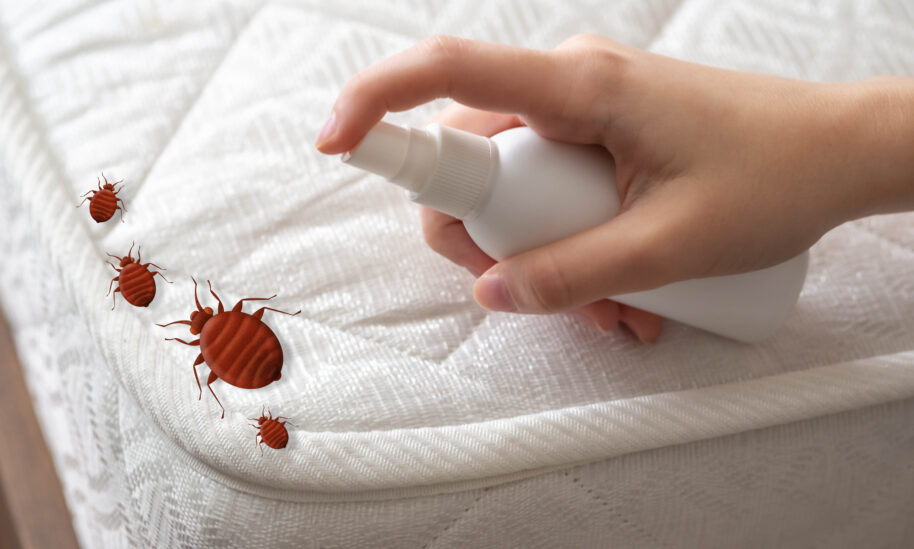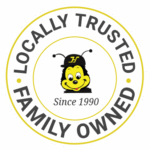Hoffman’s Exterminating in South Jersey is shedding light on important new research into the effectiveness of two structural sealing methods for sulfuryl fluoride (SF) fumigation against bed bugs — a persistent and increasingly resistant pest across the United States.
Bed bugs are notoriously difficult to eradicate, with documented resistance to many insecticides. Every life stage, from eggs to adults, can hide in hard-to-reach places, making complete elimination a serious challenge. Sulfuryl fluoride fumigation has proven effective against all life stages when applied correctly, but it requires specialized safety training and is considered a restricted-use fumigant.
The recent study, Evaluation of Two Structural Sealing Methods for Sulfuryl Fluoride Fumigation Against Bed Bugs, examined two common sealing approaches during fumigation:
- Tarping – placing a tarp over the entire structure and sealing edges to the ground.
- Tape-and-seal – covering and sealing egress points such as windows and doors with plastic and tape.
Both methods involve the same general fumigation process: interior preparation, sealing the exterior, applying the fumigant, allowing it to work, and aerating the structure before re-entry. The study compared the two approaches across various property types, including trailers and single-family homes.
Findings and Trade-Offs
The researchers found that tarping was more labor-intensive, requiring an average of 43 labor hours compared to 24 for the tape-and-seal method. Tarping also required more on-site personnel, though it generally achieved higher fumigant retention, which resulted in more complete elimination of bed bugs in some challenging infestations.
In terms of cost, tarping averaged $1,750, while tape-and-seal averaged $1,589. However, tape-and-seal occasionally allowed leaks that prevented the fumigant from reaching the concentration needed to kill all life stages — particularly in cluttered or structurally complex environments.
An important consideration is the time a family must be out of their home. Extended vacancy adds to a customer’s total cost if hotel or temporary housing is required, making treatment speed a key factor in service planning.
Balanced Approach Recommended
The study concludes that both methods can be effective when applied appropriately. Pest management companies are encouraged to consider property condition, infestation severity, and client needs when choosing between tarping and tape-and-seal for SF fumigation.
“At Hoffman’s Exterminating, we’re committed to staying informed on the latest research so we can provide the safest, most effective solutions for our customers,” said a Hoffman’s spokesperson. “Understanding these methods helps us tailor our approach to each unique situation.”
For more information about bed bug control services, visit Hoffman’s Exterminating.
Source: Journal of Economic Entomology
Follow Hoffman’s Facebook page for more pest control tips, advice and news.



